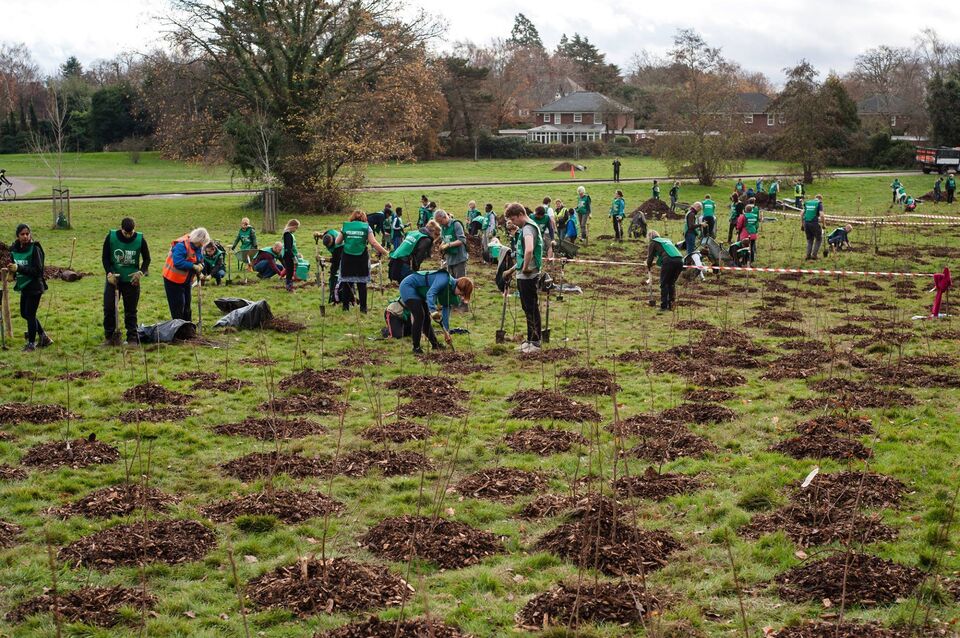Despite re-forestation has been proposed as a nature-based solution to solve the world’s climate emergency, studies suggest that planting trees is not enough — and could even bring new problems. For instance, one study warned over its impacts on biodiversity and another one dismissed initial estimations of forest carbon absorption.

The idea of planting trees as a low cost and high impact solution to climate change has been repeatedly suggested over the last few years. Previous studies have highlighted the potential of trees to soak up and store carbon, with countries starting tree planting campaigns as part of their climate change plans.
US President Donald Trump surprised a few during this year’s State of the Union speech by announcing the US would join a global initiative to plant a trillion trees around the world. Similar programs can be found around the globe, such as the Bonn Challenge, with the aim of restoring degraded and deforested land.
Planting trees can sometimes hurt biodiversity
Nevertheless, scientists have urged caution over tree planting initiatives, claiming they aren’t necessarily a straightforward solution to climate change. Depending on how and where it is done, tree planting can harm native ecosystems and species, reduce water supply and dispossess local landholders.
One of the new studies looked at the financial incentives given to private landowners to plant trees. They are essentially a set of payments that leads to more trees. The researchers looked at the example of Chile, which had a program that subsidized tree planting from 1974 to 2012.
The government program subsidized 75% of the costs of planting new forests. Despite it wasn’t destined for existing forests, some landowners replaced native forests with more profitable new tree plantations, taking advantage of lax enforcement and budgetary limitations.
This meant that the subsidy scheme expanded the area covered by trees but decreased the area of native forests, according to the study. Chile’s native forests are full of biodiversity and store large amounts of carbon, both factors that were negatively affected by the scheme.
“If policies to incentivize tree plantations are poorly designed or poorly enforced, there is a high risk of not only wasting public money but also releasing more carbon and losing biodiversity,” co-author Prof Eric Lambin, from Stanford University, told BBC. “That’s the exact opposite of what these policies are aiming for.”
The second study looked at how much carbon a newly planted forest would be able to absorb from the atmosphere. Until now, many scientists have calculated the amount of carbon that trees can pull down from the air using a fixed ratio. But the ratio might actually depend on local conditions.
A team of researchers performed a case study in northern China, which has seen a growing number of trees being planted by the government not only to mitigate climate change but also to reduce the amount of dust coming from the Gobi Desert. As a result, the newly planted trees decreased the carbon density of the soils, the study found.
“We hope that people can understand that afforestation practices are not one single thing,” Dr Anping Chen, from Colorado State University and a lead author on the study, told BBC. “Afforestation involves many technical details and balances of different parts, and it cannot solve all our climate problems.”
Both studies were published in the journal Nature Sustainability.









